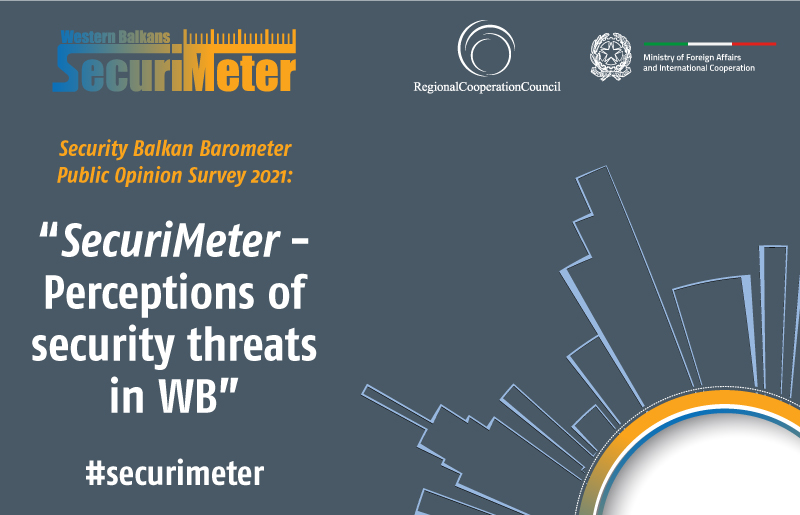- Home/
- News
Crowdsourcing terror in Indonesia

Indonesian police and military personnel carry the coffin of Auzar, a police officer who was killed during an attack on police headquarters in Pekanbaru, Riau province, Indonesia, on May 16. Photo - EPA
In the wake of high-profile terrorist attacks in Indonesia, social media’s role in violent extremism is once again under scrutiny. The 36-hour standoff on May 8 between inmates linked to the so-called Islamic State (IS) and prison officers at Mako Brimob (the detention centre of the Indonesian National Police Mobile Brigade on the outskirts of Jakarta) provides some clues on how extremists use social media, especially to ‘crowdsource’.
The term ‘crowdsourced terrorism’, whereby IS outsources the conduct of attacks to its followers and attempts to attract them to Syria, first emerged in 2014. Relevant cases include the knife attack in Leytonstone subway station in east London and the shooting in San Bernardino in the United States in December 2015. These events signalled what former US secretary of homeland security Jeh Johnson called an ‘entirely new phase in the global terrorist threat’.
Crowdsourcing refers to the open call for ideas, innovations and solutions from a large number of people. The driving force behind participation in crowdsourcing is the passion of a person or group of people who seek to contribute to a particular cause. Social media takes crowdsourcing to greater heights by allowing it to reach more people within a shorter amount of time. It also facilitates collaboration between individuals who are geographically distant.
The Brimob inmates broadcast the standoff with prison officers through social media platforms. One inmate live-streamed a call for viewers to participate in jihad via Instagram, while showing a compatriot who had apparently died during the riot. Other videos showed the inmates posing with weapons seized from the police guards and pledging allegiance to IS. The IS-affiliated Amaq News Agency also picked up the story, and claimed responsibility while providing updates from the prison.
Viewers appear to have heeded the social media posts. On May 10, a counterterror unit arrested four men who were suspected to have come from Tasikmalaya (five hours from Mako Brimob) to join the siege. Another man stabbed a Brimob officer in front of the detention centre soon after the end of the siege. The police also arrested two women for allegedly trying to stab police with scissors. These individuals claim that they were simply responding to calls on a Telegram channel to bring food to support the inmates.
Enabling sympathisers
The Brimob siege shows the willingness of extremist sympathisers to provide manpower and material support, provided that they are aware of how they can do so. Social media enables extremist supporters to gain information on the location of and updates on a given incident through posts, geolocation technology and search functions.
While conventional crowdsourcing employs public social media platforms, private platforms such as Telegram support the development of close social networks that are united by their investment in a specific cause. Behavioural studies on crowdsourcing show that intrinsic motivations (such as a desire to expand friendship networks and a love of the cause) are more influential than outward motivations (such as financial rewards) in encouraging voluntary participation.
Until the Brimob incident, few extremist sympathisers in Indonesia had responded to crowdsourcing in ways other than ideological agreement. Although some had translated ideological agreement to action, heeding the call to travel to Syria, very few instances of locally-conducted terrorist acts could be directly linked to social media posts. The Brimob siege, however, shows that under certain conditions militants can use social media to crowdsource personnel and material resources on national soil. Crowdsourcing over social media most likely succeeded in the Brimob incident because of the inmates’ unexpected triumph in holding the prison officers hostage and taking control of the building.
Proposed solutions to prevent extremists from exploiting social media are struggling to keep up with current events. Encryption has become a point of legal contention between technology companies and security services in several countries, including Indonesia. Intelligence agencies in the United States are demanding that technology companies build backdoors to their encrypted apps that would allow authorities to monitor online communication and obtain chat transcripts. Apple famously rejected the FBI’s request for access to the chat histories of the San Bernardino attackers in 2016.
App blocked for role in attacks
Indonesia’s communications ministry blocked access to Telegram in July 2017 on the grounds that it was hosting extremist materials and facilitating the planning and coordination of terrorist attacks. After the terrorist attacks in Surabaya in May 2018, the ministry reported that it had removed as many as 3195 terrorist-related pieces of content from social media platforms.
Technology companies have pledged to work harder to remove terrorist-related content from their platforms. Telegram agreed to block extremist-related content and to create a team of Indonesian culture and language specialists to evaluate online material more accurately. Google has promised to step up monitoring of terrorist content on its video-sharing site YouTube.
But the efficacy of such moves is uncertain. The spontaneity of user-generated content means that its removal by social media platforms tends to be too slow. Technology companies typically rely on user reporting to identify extremist content, which is then relayed to human reviewers who decide whether the content violates the platform’s policies. This process means that social media platforms can take anywhere between a few hours to weeks to take down problematic content, which may have been reposted on other platforms by then. Although some companies have begun using artificial intelligence to identify and take down extremist content, the technology is far from perfect.
The battle against extremism must be taken beyond social media platforms. Reforms must start from within national legal, penal and law enforcement systems, and involve tackling issues such as corruption, overcrowding in prison facilities and inmate access to mobile phones.
Source: LINK
– East Asia Forum
Jennifer Yang Hui is an associate research fellow at the Centre of Excellence for National Security, S. Rajaratnam School of International Studies, Nanyang Technological University, Singapore.


 Development of specialized PCVE web site is funded by EU FUNDS CN 2017-386/831 - "IPA II 2016 Regional Action on P/CVE in the Western Balkans"
Development of specialized PCVE web site is funded by EU FUNDS CN 2017-386/831 - "IPA II 2016 Regional Action on P/CVE in the Western Balkans"